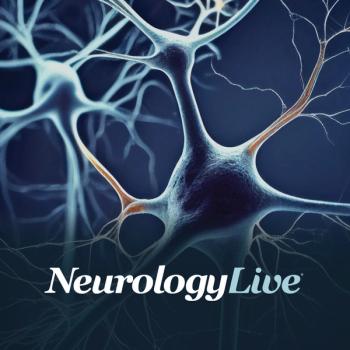
Swallow This: Treating Dysphagia with Speech Pathology
Stephanie Richardson, MS, CCC-SLP, an outpatient lead speech-language pathologist at Brooks Rehabilitation, discussed the unique aspects of speech therapy and the pivotal role it plays in helping patients with swallowing and other related functions.
When we think of
One of the lesser known but highly significant roles of speech therapy is in helping patients swallow. Swallowing disorders, which are known as dysphagia, may arise because of various reasons – from neurological disorders to problems with breathing – and can have a significant impact on an individual's quality of life. Without treatment, these issues can lead to serious problems like malnutrition, dehydration, aspiration pneumonia, and social isolation.
Speech-language pathologists (SLPs) play a crucial role in diagnosing and treating dysphagia, ensuring that patients can swallow safely and efficiently.
The Swallowing Side of Speech Therapy
When someone comes to see an SLP for a swallowing disorder, an evaluation is conducted to identify areas of dysfunction to treat to improve swallowing function and coordination. After the evaluation, an SLP will determine the best plan of care which may include swallowing exercises, biofeedback devices and/or neuromuscular electrical stimulation to rehabilitate the swallow function, strategies to modify the consistency of food and liquids or teaching compensatory swallowing techniques to reduce the risk of choking or aspiration.
Treatment exercises will depend on each patient; however, these techniques are generally centered around teaching a patient new ways to swallow properly and they are designed to strengthen the muscles involved in swallowing, improve swallowing coordination and possibly learn special ways of eating. Over time, these exercises help patients improve and maintain cough strength and reduce their risk of choking.
For example, SLPs might train patients and help them comprehend the automaticity of swallowing their saliva daily. Speech therapists may also perform specific exercises to strengthen the tongue, such as having an individual place their tongue on a tongue depressor and push against it. Yawning is another exercise we use, which can help increase strength in the throat and tongue muscles.
Swallowing disorders can occur in children or adults who may not be able to recognize the issue themselves, such as if a developmental or learning disability is present. Therefore, it’s essential for everyone – from caregivers and medical professionals to parents and family members – to understand the signs of dysphagia so that it is identified early and appropriate interventions, such as speech therapy, are initiated. Early detection and timely intervention can help prevent serious complications and can often reduce the need for more invasive treatment measures, such as feeding tubes or surgical interventions.
Stephanie Richardson, MS, CCC-SLP, is a speech-language pathologist and received her Bachelors of Arts and Master’s in Science degrees in Communication Disorders from Florida State University. She continued her education in completion of the Brooks Rehabilitation Geriatric Residency. Stephanie is our outpatient lead speech-language pathologist at our
Newsletter
Keep your finger on the pulse of neurology—subscribe to NeurologyLive for expert interviews, new data, and breakthrough treatment updates.


































